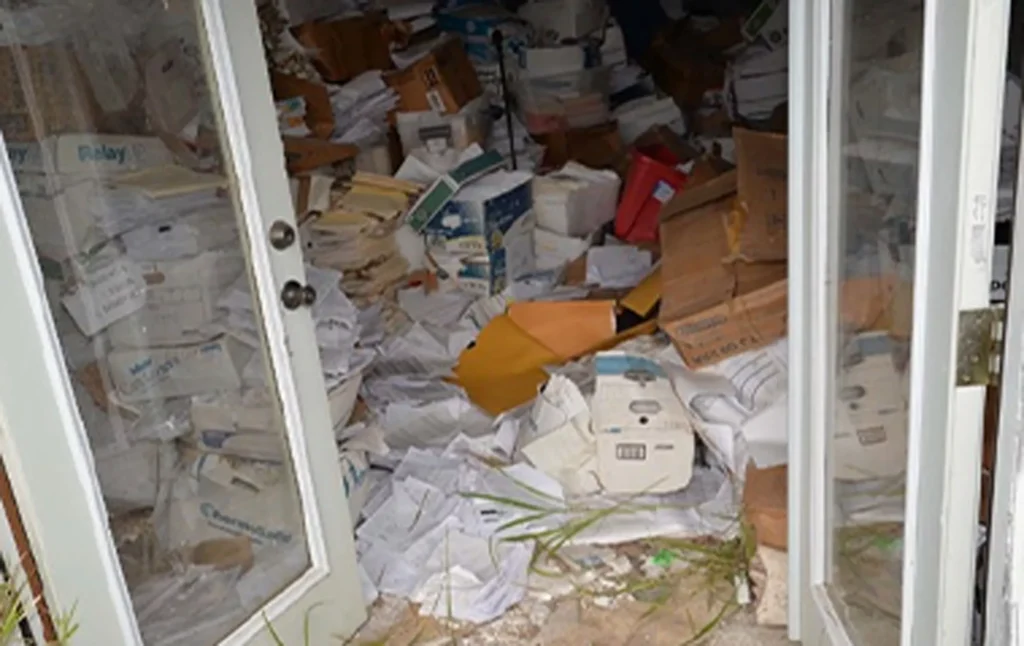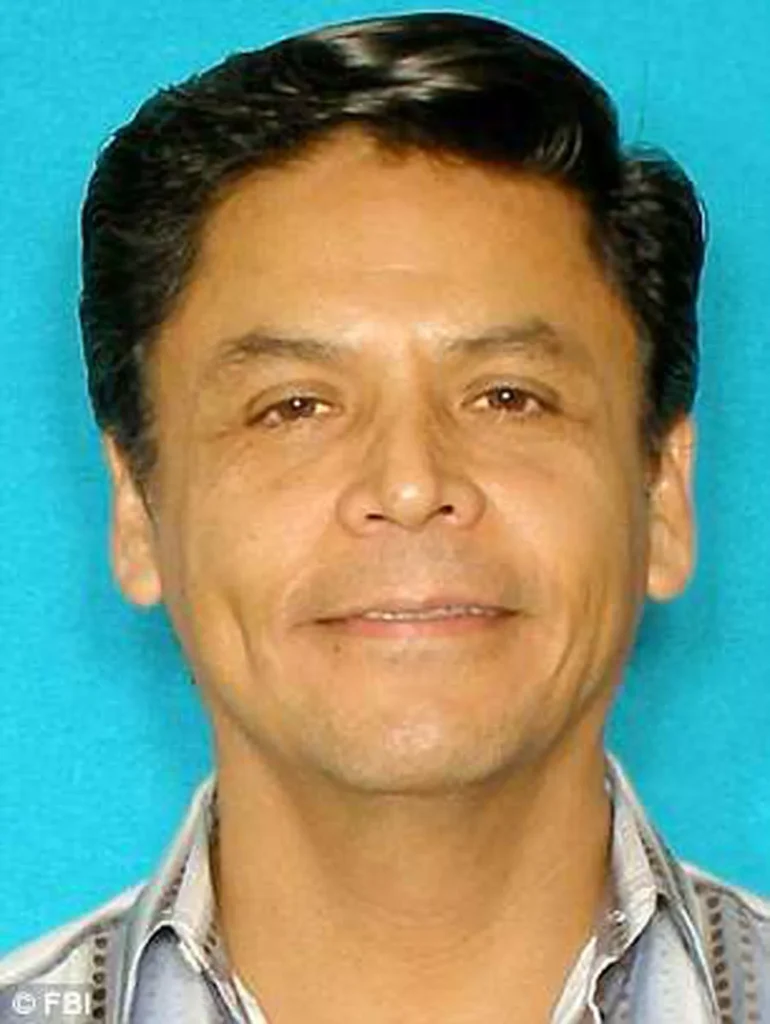A federal court sentenced Dr. Jorge Zamora-Quezada, a 68-year-old rheumatologist from South Texas, to 10 years in prison on Wednesday for operating a long-running healthcare fraud scheme involving false diagnoses, medically unnecessary treatments, and deliberate billing of over $118 million in fraudulent claims to public and private insurers.
The U.S. Department of Justice (DOJ) confirmed the sentence also includes three years of supervised release and a forfeiture order of $28.2 million in assets, which includes 13 real estate properties, a private jet, and a Maserati GranTurismo. All were allegedly purchased using proceeds from the fraudulent activity.

Fraud Scheme Lasted Nearly Two Decades
According to federal prosecutors, Zamora-Quezada falsely diagnosed hundreds of patients — including minors — with chronic autoimmune conditions such as rheumatoid arthritis. The scheme spanned nearly 20 years and involved clinics in South Texas and San Antonio. Prosecutors said the false diagnoses allowed the doctor to bill for costly tests and treatments, including infusions, injections, x-rays, and MRIs, which were not medically necessary.

To support the fraudulent billing, Zamora-Quezada fabricated medical records and altered documentation even after receiving a federal grand jury subpoena. According to DOJ statements, these actions were intended to mislead insurers and obstruct ongoing investigations.
Physical Harm and Long-Term Damage to Patients
Multiple patients testified that they suffered serious side effects from the treatments, including strokes, liver damage, necrosis of the jawbone, hair loss, and debilitating pain. One patient reported being bedridden and unable to perform daily activities; another described their child as being used like a “lab rat.” Some former patients said they abandoned education and career plans after being led to believe they had an incurable disease.
Other rheumatologists from the Rio Grande Valley testified that many of Zamora-Quezada’s patients did not show any signs of rheumatoid arthritis. In several cases, they described the misdiagnoses as obvious to medical professionals.
Employee Intimidation and Records Obstruction
Former clinic employees described a hostile work environment where staff were pressured to meet quotas for procedures. Witnesses said Zamora-Quezada, who referred to himself as “the eminence,” retaliated against employees who questioned his practices. Several employees were reportedly hired while on temporary work visas, and testimony indicated he used threats to their immigration status as a means of control.
During the investigation, authorities found patient files stored in a deteriorating barn contaminated with rodents, feces, and termites. The DOJ said that in some instances, employees were instructed to falsify ultrasound records by using images taken from other staff members, in order to reconstruct missing patient documentation.

Legal Outcome and Agency Involvement
Zamora-Quezada was convicted in 2020 of one count of conspiracy to commit health care fraud, seven counts of health care fraud, and one count of conspiracy to obstruct justice. Sentencing was delayed multiple times due to disputes over the number of victims and the amount of restitution.
The investigation was led by the FBI, the U.S. Department of Health and Human Services Office of Inspector General (HHS-OIG), the Texas Medicaid Fraud Control Unit, the Defense Criminal Investigative Service, and other federal and state agencies.
His medical licenses in Texas, Arizona, and Massachusetts have been revoked.
Statement from DOJ
“Dr. Zamora-Quezada funded his lifestyle by exploiting vulnerable patients, falsifying records, and defrauding taxpayers,” said Matthew R. Galeotti, head of the DOJ’s Criminal Division. “This sentence underscores that the medical profession is not exempt from accountability. We will continue to pursue those who compromise patient care for personal gain.”
The DOJ’s Health Care Fraud Strike Force Program, which coordinated the prosecution, has charged over 5,800 defendants since 2007 in similar cases totaling more than $30 billion in fraudulent claims.

